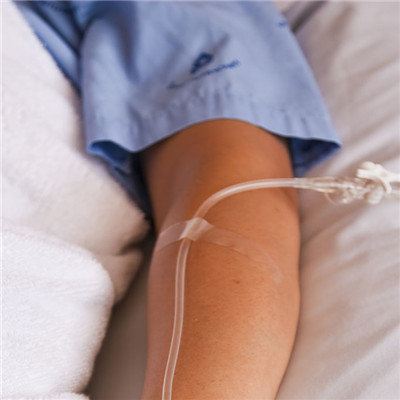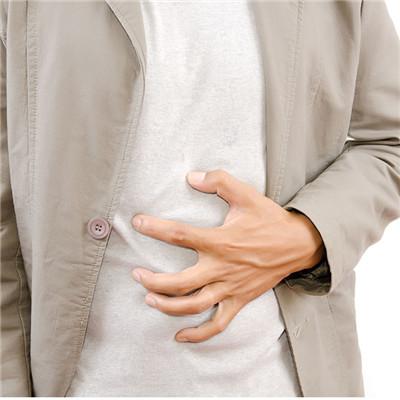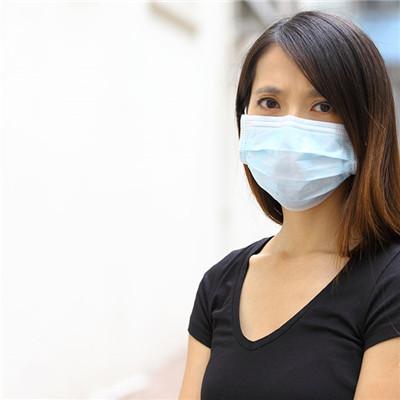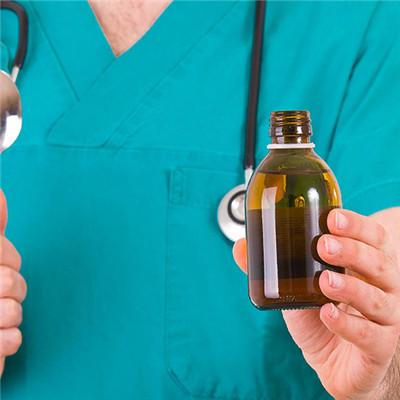How to treat nutcracker syndrome?
summary
Nutcracker phenomenon, also known as left renal vein compression, refers to the process of left renal vein flowing back into the inferior vena cava, which is squeezed through the angle formed by abdominal aorta and superior mesenteric artery or the space between abdominal aorta and spine, often accompanied by the decrease of blood flow velocity of left renal vein and the expansion of distal vein at the pressure. How to treat nutcracker syndrome? Next, I'd like to share my views with you.
How to treat nutcracker syndrome?
There are conservative treatment and surgical treatment. For most children and adolescents, although they have recurrent microscopic hematuria or intermittent, short-term painless gross hematuria, but no anemia or low back pain, they can be followed up. On the one hand, they can wait for the establishment of collateral circulation; on the other hand, the increase of adipose connective tissue around the origin of superior mesenteric artery can relieve the compression of left renal vein.

For patients with simple nutcracker syndrome, asymptomatic hematuria and orthostatic proteinuria can be treated conservatively without special treatment. Some predisposing factors (such as strenuous exercise and cold) can induce hematuria or make hematuria attack repeatedly. Patients are advised to avoid strenuous exercise and prevent cold. But for patients with recurrent hematuria, anemia, severe varicocele or low back pain, patients can not tolerate, especially adult patients, conservative treatment effect is general, at this time often use surgical treatment.

The purpose of operation is to relieve the compression of left renal vein and make the blood flow out of the kidney unobstructed. Left renal vein inferior vena cava end to side anastomosis; Autologous kidney transplantation; Superior mesenteric artery transection and replantation;

matters needing attention
To avoid blood stasis, for high-risk patients, including the elderly with reduced activity, obese patients, patients with postoperative or immobilization, elastic bandage or elastic socks should be put on both lower limbs immediately after operation to promote blood return; Avoid hard pillow under the knee, excessive hip flexion, so as not to affect the venous return.
















